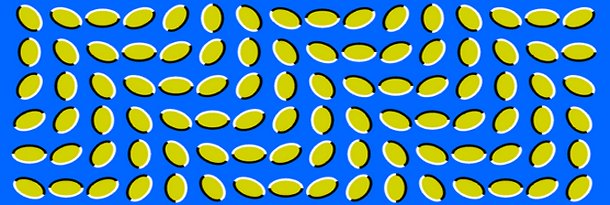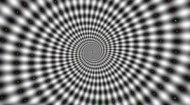
|
Visual Illusions Online |
Visual Illusions Online |
Visual Illusions Online |
Visual Illusions Online |
Here is a collection of the best fifty visual illusions of all time captured for you in one neat little package.
More >
|
|

Best Visual Illusions OnlineOur eyes are often considered the gateway to truth, faithfully capturing the world around us. But what happens when our eyes, or more accurately, our brains, deceive us? Welcome to the fascinating world of visual illusions, where what we see isn't always what's actually there. Visual illusions are perceptual experiences where there's a disconnect between reality and what we perceive. They occur because our brains are constantly working to interpret visual information, using shortcuts and assumptions based on past experiences. While these assumptions are usually helpful, they can sometimes lead to errors in perception, resulting in a visual illusion. There are several different types of visual illusions, each playing tricks on our perception in unique ways. Optical illusions, perhaps the most well-known, exploit our brain's interpretation of shapes, colors, and spatial relationships. Classic examples include the Müller-Lyer illusion, where lines of equal length appear different due to arrowheads at their ends, and the Ponzo illusion, where two identical lines appear different lengths due to converging lines that create a false sense of perspective. Physiological illusions are caused by overstimulation of our visual pathways. After staring at a bright color for a prolonged period, you might see an afterimage of the opposite color when you look at a white surface. This occurs because the neurons responsible for processing the original color become fatigued, resulting in a rebound effect. Cognitive illusions arise from our conscious or unconscious inferences about the world. The Ames Room, for example, is a distorted room that creates the illusion that people are shrinking or growing as they walk from one corner to the other. This happens because our brains assume that the room is a normal rectangular shape, even though it's not. So, why do visual illusions exist? They provide valuable insights into how our brains process information. By studying these illusions, scientists can learn more about the complex mechanisms involved in perception, including how we interpret depth, motion, and color.Beyond their scientific value, visual illusions are simply fun and engaging. They challenge our understanding of reality and remind us that perception is not a passive process. They highlight the active role our brains play in constructing our visual world. Whether it's the classic checker shadow illusion that demonstrates how our brains perceive brightness based on context, or the rotating snakes illusion that plays on our interpretation of motion, visual illusions offer a glimpse into the inner workings of our minds. So, the next time you encounter a mind-bending image, remember that it's not just a trick of the eye, but a testament to the incredible power and complexity of human perception. Embrace the confusion, and marvel at the fascinating way our brains construct the world around us, even when they get it delightfully wrong. |












